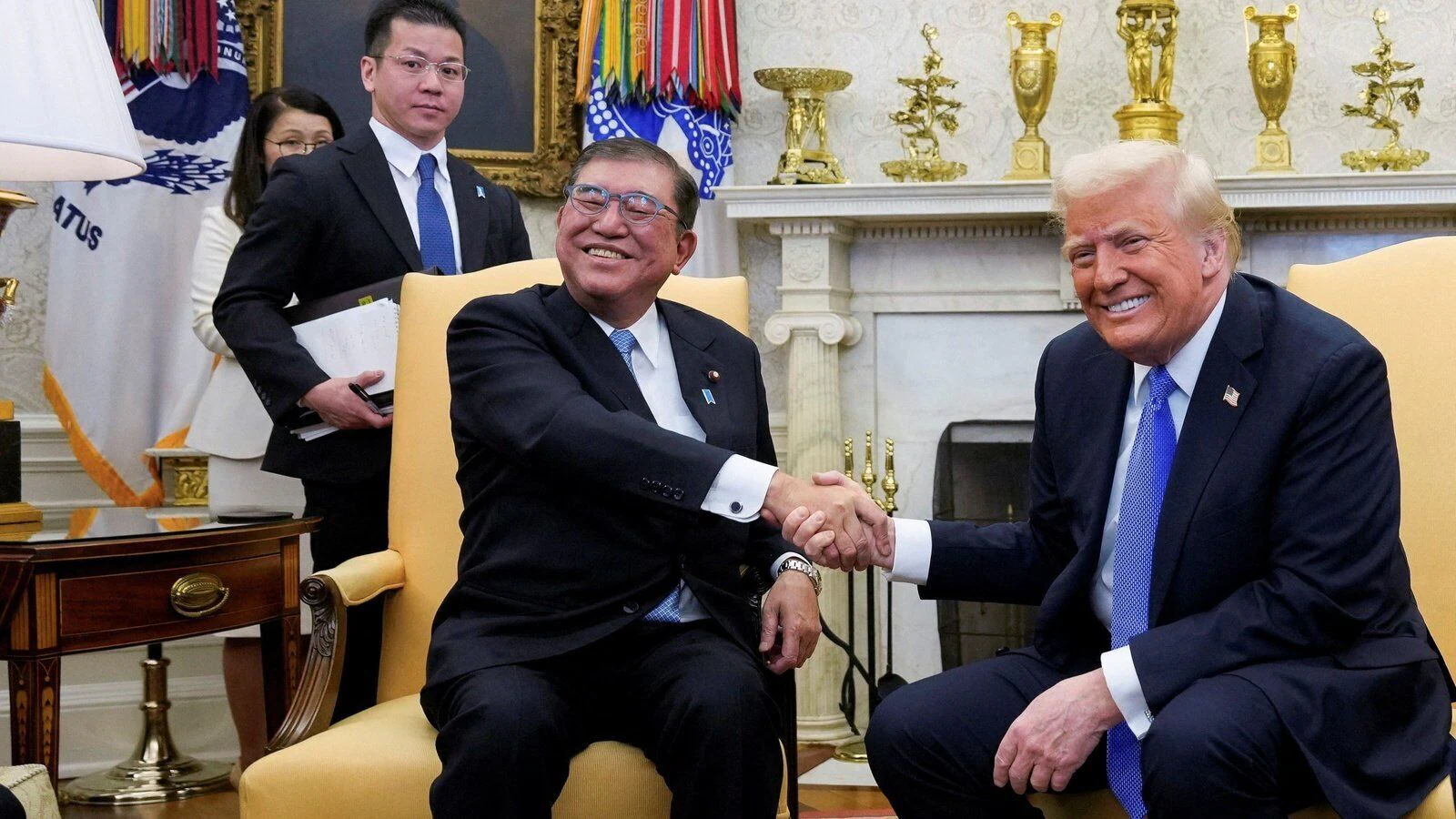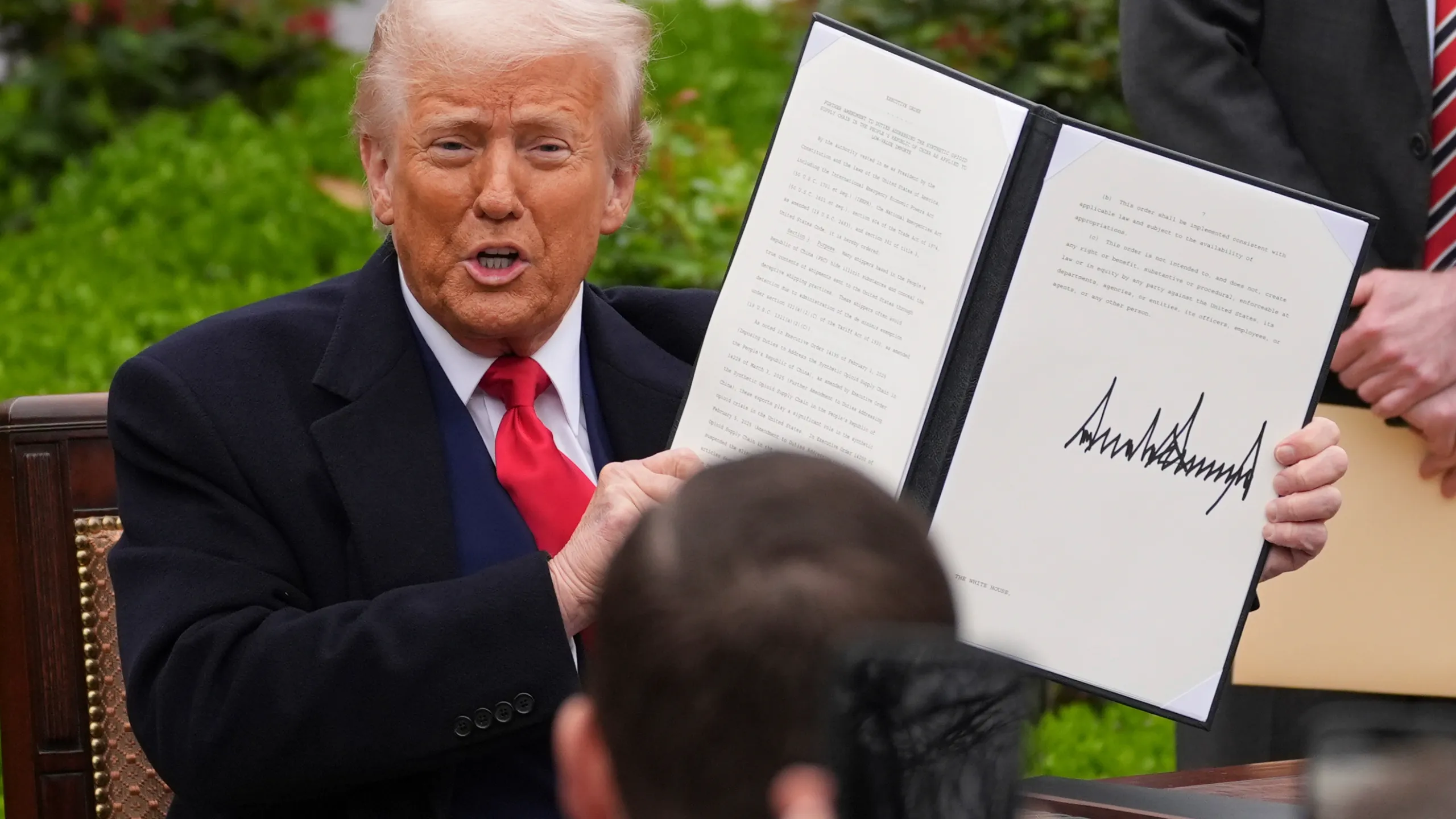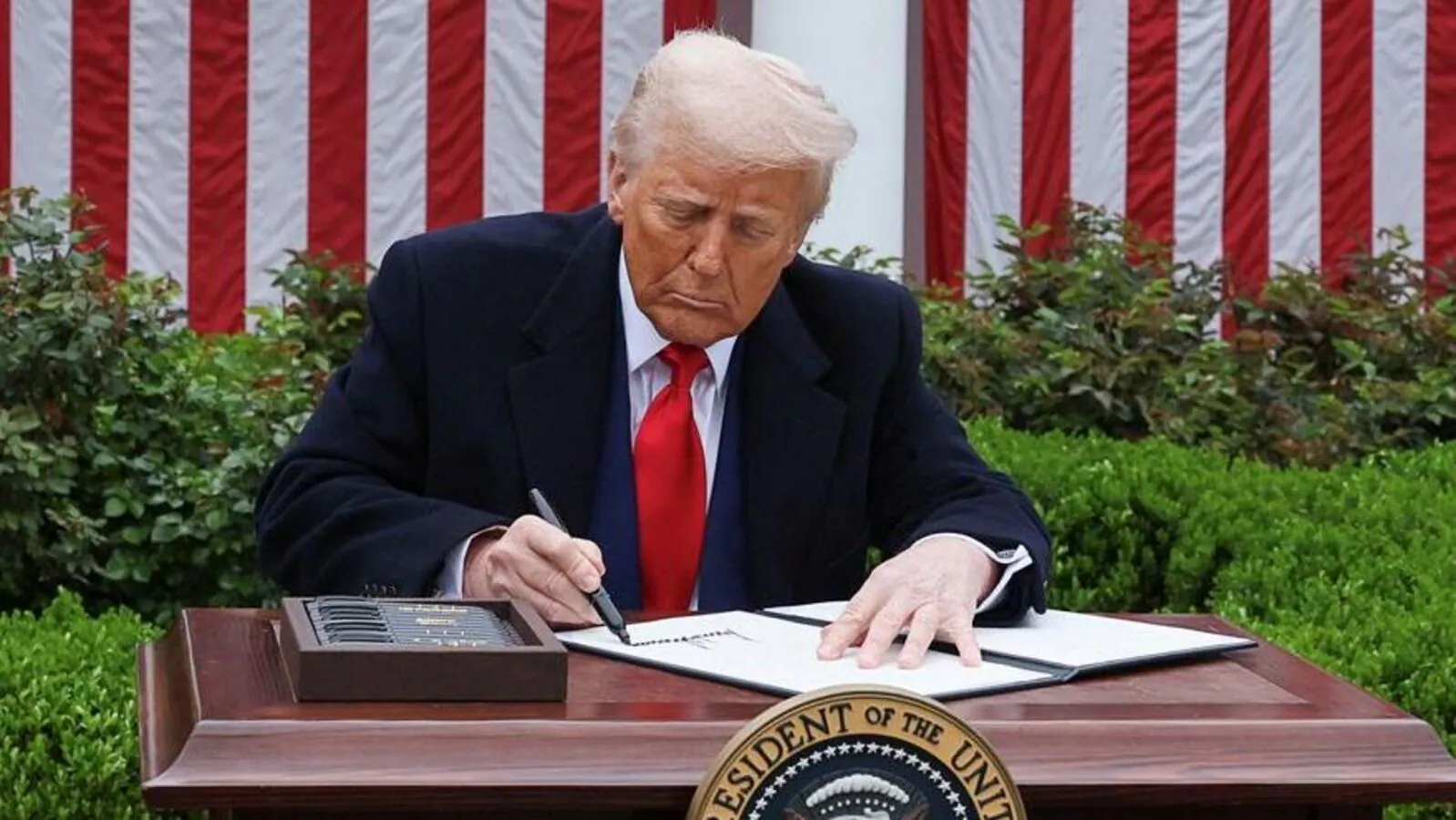
The announcement of a new trade agreement between the United States and Japan has sent ripples through global markets and geopolitical circles. This deal, characterized by the inclusion of tariffs and strategic negotiations, marks a significant milestone in the ongoing economic relationship between the two nations. As President Donald Trump proudly announced the benefits of this agreement, experts and stakeholders are assessing its potential impact on trade flows, economic growth, and diplomatic ties. This comprehensive overview delves into the core components of the deal, the benefits touted by the US administration, and the broader implications for future international trade agreements.
Background and Context
The US and Japan have long been key players in the global trade arena, with their economic interactions spanning decades. Prior to this announcement, negotiations had been ongoing to address issues such as tariffs, market access, and trade barriers. The evolving global economic landscape, along with shifting US trade policies under the Trump administration, prompted a re-negotiation of their bilateral trade framework.
According to reports from BBC and other reliable sources, the deal was finalized after extensive talks, with both sides agreeing to terms that include the imposition of tariffs where necessary. While tariffs are often seen as protective measures, in this context, they symbolize a strategic balance aimed at protecting domestic industries while fostering international cooperation.
Details of the US-Japan Trade Deal
The key features of the newly signed trade agreement revolve around tariff adjustments, market access, and sector-specific concessions. The main points include:
- Tariffs on Agricultural Products: Japan has agreed to reduce tariffs on various US agricultural exports, including beef, pork, and other commodities, facilitating easier access for American farmers and producers.
- Automobile Tariffs: Although some tariffs on vehicles remain, there are provisions to gradually lower tariffs, thereby enabling increased US automobile exports to Japan.
- Intellectual Property and Technology: Enhanced protections have been established to safeguard US innovations and intellectual property rights within Japan.
- Trade in Services: Both countries committed to opening their markets further for services such as finance, tourism, and digital trade, fostering a more comprehensive economic partnership.
- Dispute Settlement Mechanisms: Clear procedures have been outlined to resolve trade disagreements efficiently and transparently.
The agreement also emphasizes maintaining existing tariffs on certain products while restructuring others to promote mutual economic benefits.
President Trump’s Declaration of Benefits
President Trump emphasized the strategic advantages of this deal in a public statement, highlighting how it would boost American exports, support jobs, and improve the overall trade balance. In his words, the agreement signifies a step forward in correcting long-standing trade imbalances and fostering fairer trading conditions.
He stated:
“This deal will bring substantial benefits to American workers and industries, ensuring they are protected and can compete on a level playing field with our allies and competitors.”
This assertion underscores the US leadership’s focus on economic nationalism, aiming to prioritize domestic industries while strengthening international partnerships.
Potential Impact on the Economy and Trade Relations
The ramifications of the US-Japan trade agreement are multifaceted and far-reaching:
- Enhanced Market Access for US Exports: The reduction of tariffs on key sectors like agriculture and automobiles is expected to stimulate American exports to Japan, one of the world’s largest economies.
- Support for US Farmers and Manufacturers: Improved trade terms could provide relief to domestic agricultural and manufacturing sectors facing stiff competition globally.
- Strengthening Diplomatic Ties: The agreement reflects a shift towards more collaborative economic diplomacy, potentially paving the way for future cooperation on issues such as climate change, technology, and security.
- Global Supply Chain Dynamics: As Japan is a critical player in global supply chains, particularly in automotive and electronics manufacturing, smoother trade relations might streamline international production and distribution networks.
However, critics argue that the deal may not fully address underlying trade disparities or protect small-scale producers from international competition. Additionally, the reliance on tariffs as strategic leverage raises questions about long-term sustainability and fairness.
Challenges and Future Outlook
Despite the optimism expressed by President Trump and his administration, several hurdles remain:
- Negotiation of Additional Terms: Continued negotiations are likely needed to refine specific provisions, especially concerning digital trade and intellectual property.
- Global Trade Environment: Uncertainties stemming from geopolitical tensions, tariffs on other trading partners, and global economic shifts could influence the deal’s effectiveness.
- Domestic Political Responses: Some domestic sectors or political groups may oppose certain elements of the deal, potentially leading to future renegotiations or legislative hurdles.
Looking ahead, both countries seem committed to strengthening their economic ties. The agreement serves as a blueprint for future deals, possibly inspiring similar pacts with other allies. As global trade evolves, the US-Japan partnership could serve as a model for balancing protectionism with free trade principles.
Conclusion
The signing of the US-Japan trade deal marks a significant milestone in international trade relations, reflecting a nuanced approach that balances tariffs with market access and strategic cooperation. With President Trump emphasizing its benefits, including enhanced exports and job support, the agreement promises to bolster economic ties between the two powers. Nevertheless, the ongoing challenges and evolving global landscape suggest that this is just the beginning of a complex process aimed at fostering fair, sustainable, and mutually beneficial trade relations.
As both nations navigate this new framework, stakeholders will closely watch its implementation and long-term influence on global markets, diplomatic relations, and economic policies.
For more updated news please keep visiting Prime News World.








